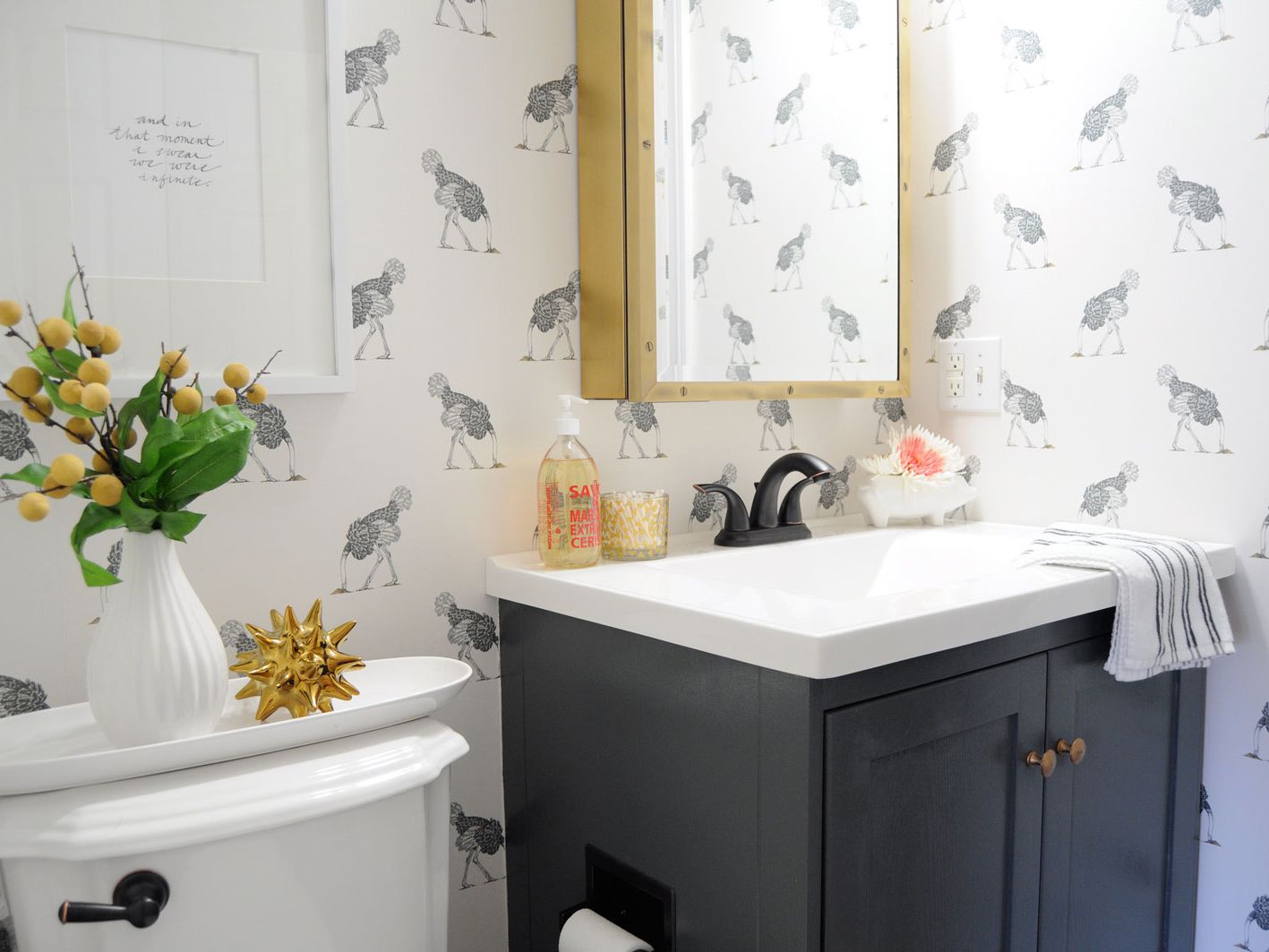Did you know that the United Nations recognize a staggering 180 different currencies? These legal tenders, which include banknotes and coins, are in use in 195 countries. The US dollar, in turn, is one of the most common, with many nations using it as their currency.
With so many different types of money in circulation, it’s a good thing that exchange kiosks exist. Without these, you may end up with tons of left-over currency that you might no longer have a chance to use.
So, what is an exchange kiosk, and what exactly are the services it provides? Why and when would you need to use one?
We’ll get to the bottom of all these questions in this guide, so make sure you continue reading.
What Is an Exchange Kiosk?
An exchange kiosk is a stand-alone, self-service machine that provides currency exchange services.
At first glance, they look like typical automated teller machines. However, their main function is to buy and sell currencies, not dispense money from a bank account.
Exchange kiosks are like money exchange centers that swap one currency for another.
The primary difference is that with the latter, an actual person attends to your needs. On the other hand, a kiosk is mainly automated, pretty much like an ATM.
How Do These Currency Exchange Machines Work?
Currency exchange kiosks use innovative computers to identify banknotes and sometimes even coins. They use sensors designed to detect specific features in the legal tender. Thanks to these features, they can determine if it’s a $100 bill from the US, Canada, or Australia.
The kiosk will then swap the detected currency with the customer’s preferred one.
How Do You Use These Kiosks?
In most exchange kiosks, customers only have to place the banknotes into a cash module. The machines would then analyze the inserted money and then sum them up. After that, they usually display the results of their computation on their screen.
Exchange kiosks always ask customers to confirm if the calculation is correct. If the customer proceeds, the next step is to select the preferred currency payout. The machine would then convert the currency and dispense the appropriate amount.
For example, let’s say you want to exchange one US $100 bill and four $20 bills for Canadian dollars (CAD). Once you feed the kiosk your USD bills, it should confirm that you inserted 180 USD. After your confirmation, you should then select the option to convert your money into CAD.
Now, let’s also say that the spot rate for that day is 1.25 Canadian dollars for every 1 US dollar. So, in this case, the kiosk should dispense a total of 225 CAD (180 USD x 1.25 CAD).
What Other Currencies Do Kiosks Exchange?
Most exchange kiosks accept the most traded types of currencies. These include dollars from other countries, like Australia, Hongkong, New Zealand, and Singapore. They can also swap Euros, Pound sterling, Japanese yen, Swiss franc, and South Korean won.
Do They Only Exchange Physical Money?
No. Some kiosks also provide top-up and dispensing services for foreign exchange (forex) cards.
Forex cards are like prepaid bank cards that you load with a foreign currency for travel. You can then use the card to pay for items and services in that currency in a different country. A swipe, tap, or wave of the card is all you need to cover your overseas expenses.
In many cases, you can associate forex cards with your other bank accounts. So, when you use an exchange kiosk, the source of your forex funds can be one of your associated bank accounts. The machine will then take the money from that account and convert it into your desired currency.
There’s also a specific type of exchange kiosk for brand-name gift cards. These include Aeropostale, Disney, Hollister, Macy’s, and Marshalls, to name a few.
With a gift card exchange kiosk, you can top up a gift card for any brand the machine supports. You only need to put cash into the machine, choose the card’s brand, and follow the on-screen directions. The kiosk would then convert the money into digital currency and “deposit” it into the card.
How Safe Are Exchange Kiosks?
Many laws govern foreign and even digital currency (i.e., gift cards) kiosks. In most cases, these regulations include currency exchange kiosk licensing.
For example, in the US, currency exchange businesses must carry specific licenses. They should also be a registered entity with the federal and state governments.
Other countries have similar laws in place to help prevent illegal activities. These include crimes like money laundering, forgery, and counterfeiting.
Licensed exchange businesses, in turn, are the owners and operators of exchange kiosks. As such, the use of their self-service machines is generally safe and secure.
Why Consider Using an Exchange Kiosk?
One good reason is to minimize your exposure to other people. This is especially crucial nowadays due to the current global pandemic. Since kiosks are self-service, you don’t have to speak face-to-face with another person.
Another reason is convenience, as many exchange kiosks are in strategic physical locations. You can find these stand-alone machines in airports, banks, malls, and guarded parks. So, if you ever run out of cash while on a trip, you can pass by a kiosk and top-up your forex card or convert a few bills.
Finally, you can exchange left-over foreign notes and coins into your country’s currency. This way, you won’t have to lug around money that you may not be able to use anymore.
Swap Money Like a Travel Pro
There you have it, the ultimate guide that answers your question, “what is an exchange kiosk?” Now, you know that these are nifty self-service machines that swap different currencies. They’re a convenient way to exchange your money into tender accepted in another country.
So, the next time you’re overseas, be sure to google “exchange kiosk near me” in case you run out of cash you can use there.







